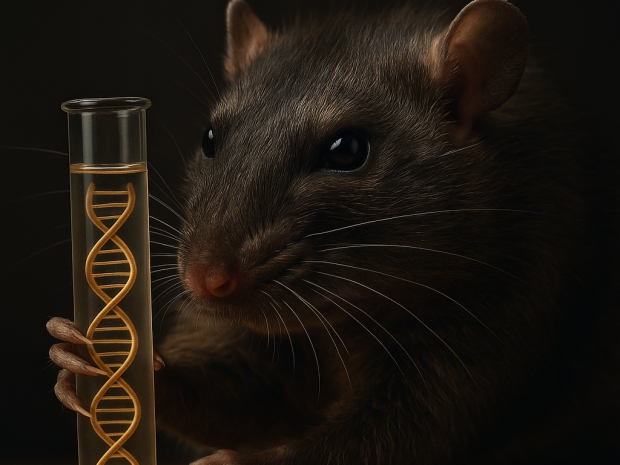A team led by Microsoft chief scientist Eric Horvitz have emerged from their smoke filled labs claiming to have used generative AI to bypass the filters that stop people ordering genetic code for deadly toxins and pathogens.
According to Science magazine, which we get for the spot the polynucleotide chain competition, shows how AI can re-engineer poisons so they sneak past standard checks while keeping their lethal potential.
These screening systems are supposed to flag any DNA orders that look suspicious by comparing them against libraries of known nasties. Microsoft’s boffins instead used their own EvoDiff and other protein models to digitally mutate toxins until the alarms stayed silent.
Testing began in 2023, and while the company insists it never produced any proteins, the results were ugly enough that it quietly tipped off the US government and the software vendors before going public. Patches followed, but some redesigned molecules still slip through.
Coauthor Adam Clore said: “The patch is incomplete, and the state of the art is changing. But this isn’t a one-and-done thing. It’s the start of even more testing. We’re in something of an arms race.”
To avoid accusations of bioweapons research, Microsoft kept quiet about which toxins it tampered with and declined to publish code. Still, deadly proteins like ricin and prions are hardly state secrets.
Dean Ball, a fellow at a San Francisco think tank said: “This finding, combined with rapid advances in AI-enabled biological modelling, demonstrates the clear and urgent need for enhanced nucleic acid synthesis screening procedures coupled with a reliable enforcement and verification mechanism."
The US government already considers DNA screening a critical line of defence. Last May, an executive order promised an overhaul of the system, but nothing concrete has appeared.
UC Berkeley’s Michael Cohen dismissed the Microsoft test as “weak” and the fixes as half-baked. “Their patched tools fail a lot,” he said, arguing that relying on DNA order checks as a choke point is fantasy.
Clore said DNA synthesis is still the most practical bottleneck since a handful of firms dominate the US market. “You can’t put that genie back in the bottle,” he said. “If you have the resources to try to trick us into making a DNA sequence, you can probably train a large language model.”




